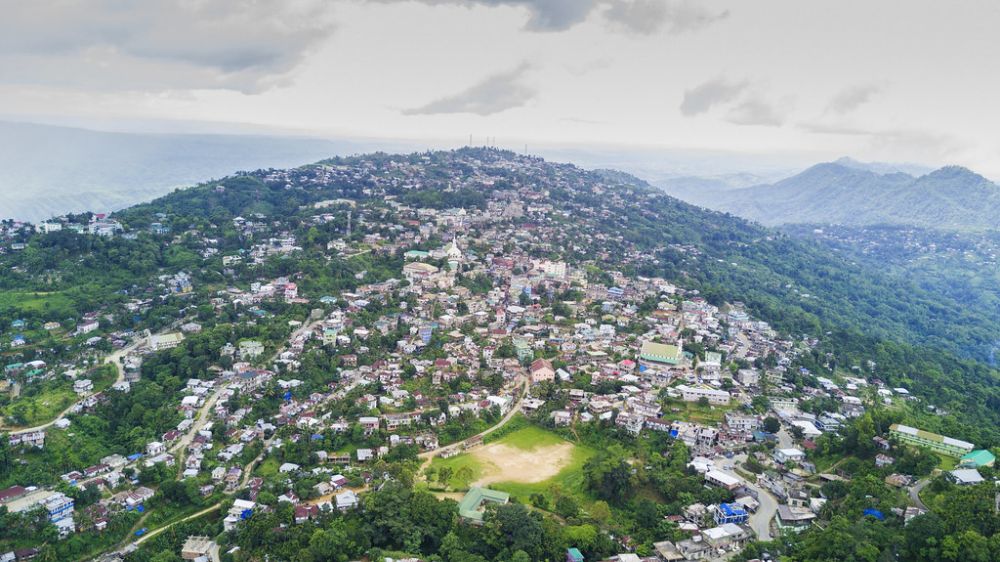

Nestled in the northern part of Mizoram, the quaint district of Kolasib may not have always been prominent on the tourist maps of India. However, its lush landscapes, rich cultural heritage, and serene ambience have a history that dates back many years. Initially, the tourism industry in Kolasib, like many parts of the Northeast, was not highly developed due to remote accessibility and lesser-known status.
The push for promoting the Northeast as a tourist destination by the Indian government saw an increase in the number of people visiting this region. Over the past few decades, Kolasib has gradually been discovered by offbeat travel enthusiasts and adventure seekers. The beauty of its untouched nature and the simplicity of life here began to weave a different story, drawing more tourists year after year.
As infrastructure improved, routes became more navigable, and connectivity issues were addressed, Kolasib started witnessing a rise in tourist visits. The government, along with several local communities, began to invest in and promote Kolasib as an emerging eco-tourism and cultural hotspot. Lodges, homestays, and guided tours are now part of Kolasib’s growing tourism industry, offering visitors a chance to immerse themselves in the local experience.
In recent years, Kolasib has seen a surge in sustainable and experience-driven tourism. Eco-friendly accommodations and the rise of cultural festivals have attracted travelers looking for responsible and authentic experiences. Furthermore, activities such as river-rafting in the Tlawng River, trekking to the lush hills, exploring the virgin forests, and bird watching are particularly favored by visitors. The concept of community tourism has also gained momentum, fostering direct socio-economic benefits for the local populace.
Although tourism in Kolasib is blossoming, it still faces challenges such as limited high-end accommodation and transport services. However, the focus remains on decentralized and inclusive tourism development that benefits local communities and preserves the natural environment. Authorities are working towards balancing the growth of tourism with the conservation of Kolasib's pristine beauty and cultural legacy.